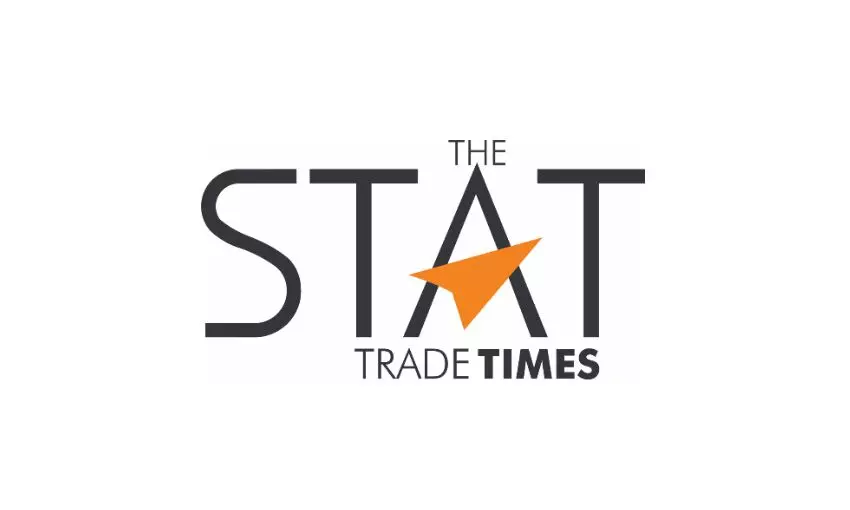
Air freight rates in holding pattern, new US rules target e-commerce
"Forward capacity already sold out through BSAs, which could mean spot prices to surge for Thanksgiving and Christmas."

Overall air freight rates were little changed last month, with the global Baltic Air Freight Index edging up +1.8 percent over the four weeks to September 30, leaving it ahead by +7.5 percent over the previous 12 months, according to the latest update from TAC Index.
"The index of outbound routes from Hong Kong – still the world’s biggest airport for cargo volume – was up +0.3 percent over the month, leaving it ahead by +16.8 percent YoY. Outbound Shanghai was up +2.7 percent MoM to leave it ahead +20.4 percent YoY."
From Europe, the index of outbound routes from Frankfurt was higher by +1.5 percent but still at -11.2 percent YoY. Outbound London Heathrow zoomed +11.6 percent MoM, though still in negative territory YoY at -1.3 percent, the update added.
"From the Americas, the index of outbound routes from Chicago was lower by -0.7 percent MoM to languish at -31.5 percent YoY – although overall rates from the US were generally firm to most major markets.
The flattish tone of the market was arguably starting to deflate expectations of an earlier and/or more pronounced peak season surge than usual after a stronger than expected summer, the update added. "Sources have been suggesting for months that a lot of forward capacity for the upcoming peak was already sold out through block space agreements (BSAs) – which could mean spot prices surge in the runup to Thanksgiving and Christmas."
Meanwhile, the mood in global markets has continued to be somewhat nervous. "Chances of a recession in the U.S. may have increased marginally – but most traders were still expecting it to be mild, with a soft landing if it happens. Markets had also been quick to respond positively to rate cuts so far, led by a half-point cut from the US Federal Reserve followed by similar moves by the European Central Bank and People’s Bank of China."
For air cargo going forward, however, the most important issue is the outlook for global trade – given continuing prospects of higher tariffs and/or other barriers into the US as well as into the EU and elsewhere, perhaps in retaliation, the update added.
The Biden administration announced plans for stricter rules on e-commerce imports under the so-called de minimis exemption.
"The exemption – under Section 321 of the US Trade Facilitation and Trade Enforcement Act – currently allows goods with a value of $800 or less to avoid duties and face less customs scrutiny when shipped directly to an individual."
Under its proposals, the Biden administration aims to crack down on what it suspects to be evasion of duty, circumvention of safety standards and smuggling of illicit products under Section 321. A very significant proportion of U.S. imports, including an estimated 70 percent of textile and apparel imports from China, may no longer be exempt under the new requirements.
"Whatever might be proposed by a re-elected Trump or a new President Kamala Harris, there is also now a bipartisan bill proposed in Congress to curtail Section 321. This would among other things also close the current de minimis loophole for textile and apparel importers; impose new penalties for violations; and impose a $2-per-package fee to allow closer inspection of goods."
Big Chinese players in e-commerce like Temu and Shein appear to have already made some moves in anticipation such as by altering distribution models to move goods closer to big markets like the U.S. and then tranship from places like Mexico or Canada, the update added. "This has led some to anticipate greater demand for narrowbody freighters used for short-haul journeys as opposed to widebody planes used for long-haul routes."
It seems questionable whether e-commerce players can effectively evade the new requirements through such moves. But many in the industry still believe that, although e-commerce prices may be forced up a little, the model itself will not be broken.
Major changes to the trading rules seem unlikely to be fully implemented before the U.S. elections in November. Beyond the next peak season, however, the outlook for global trade is looking uncertain.



